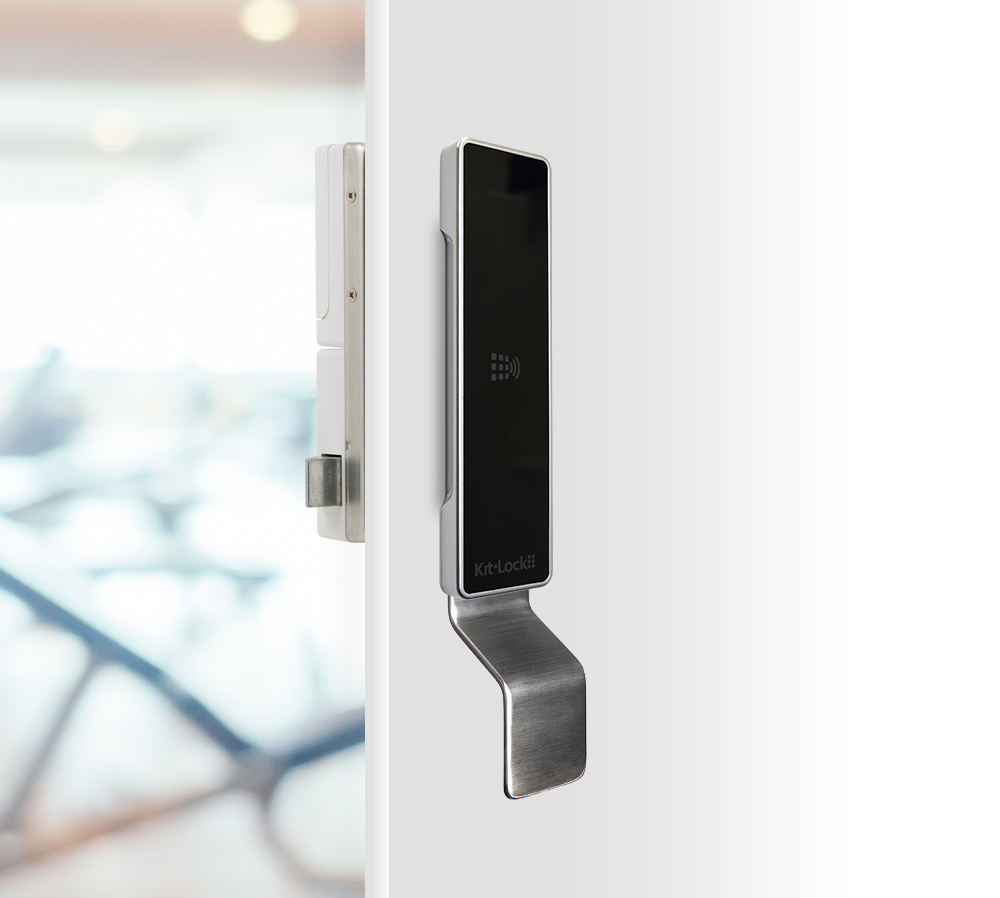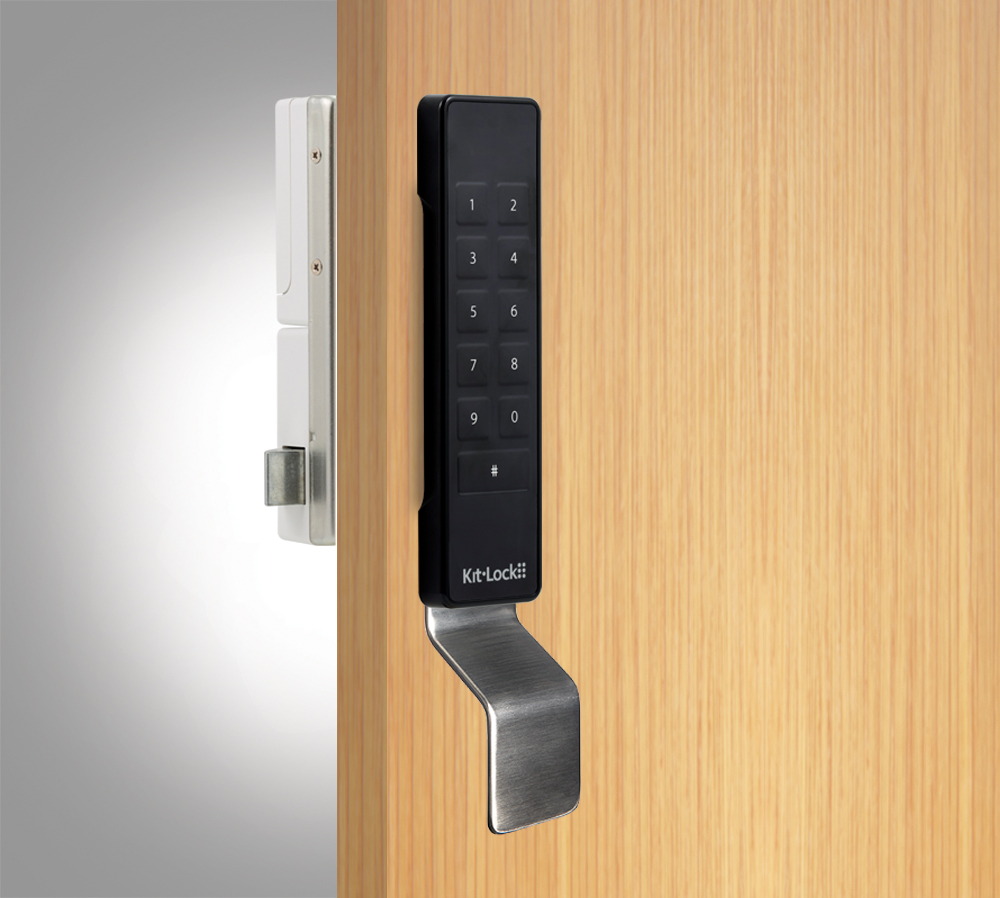Issues of accessible design in the U.S. are extensive, impacting facilities ranging from recreation facilities and offices to schools and universities. When it comes to building and designing a new locker space within these facilities or even updating an existing one, there are several factors and options that building owners and managers need to keep in mind. One key detail that needs to be addressed is the federal American with Disabilities Act (ADA), a law that enables people with disabilities – whether physical or mental impairment – to have the same opportunities as everyone else to participate in the mainstream of American life, which turned 30 years old in 2020.
Confusion about ADA law including disparities from state to state and individual interpretations of the guidelines, have made adherence a challenge. Door hardware can initially seem to adhere to all code and regulations, yet an inspector could report that a selection is not ADA compliant. Sometimes facility ADA requirements don’t consider the many variables and everyday situations that impact Americans with disabilities. This could include something as simple as a student being able to open their school locker on their own.
Specifically, the Requirement for Access Design ensures that buildings and facilities are accessible, in terms of architecture and design to individuals with disabilities. It is important to understand that not all locker or cabinet locks are considered ADA compliant; many locks are considered ADA friendly or accessible but don’t fulfill all set standards. Regarding openings, ADA states that the handle must be operable with one hand/limb without tight grasping, tight pinching, or twisting of the wrist.
4.13.9* Door Hardware.
Handles, pulls, latches, locks, and other operating devices on accessible doors shall have a shape that is easy to grasp with one hand and does not require tight grasping, tight pinching, or twisting of the wrist to operate. Lever-operated mechanisms, push-type mechanisms, and U-shaped handles are acceptable designs. Hardware required for accessible door passage shall be mounted no higher than 48 in (1220 mm) above a finished floor.
Codelocks has recently launched its newest KitLock Locker Locks – the KL1100 RFID and KL1100 KeyPad – when paired with their new optional pull handle, they are fully compliant with ADA regulations for doors.


In addition to being ADA compliant, this KitLock has multiple benefits that facility managers are looking for in their locker locks. Upgrading to the KL1100 RFID not only simplifies access control but offers the flexibility and convenience of providing a range of entry methods such as a push button-code or smart card; one lock that can satisfy all needs.
This stylish standalone lock shares the same slimline design and powered latch as the KL1100 RFID but maintains the traditional code access keypad and features found in classic KitLock products. The product enhancements make this a front runner for those looking for traditional standalone digital locks with additional User Codes and auto-unlocking capabilities.
It is important for construction specifiers, architects, designers and building managers to become knowledgeable on ADA compliance.
26, Jan 2021
$156.12